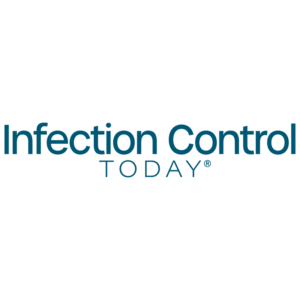AI tools monitor, reduce OR infection risks
Editor's Note
AI-enabled sensors, smart surveillance systems, and predictive analytics are advancing perioperative workflows while helping prevent breaches that can lead to surgical site infections (SSIs).
This is the primary takeaway of a July 15 Q&A with Herman DeBoard, PhD, CEO of Huvr Inc., in Infection Control Today. As detailed in the article, AI tools can detect subtle but critical events—such as unauthorized entries, improper gowning, or introduction of non-sterile items—that may compromise the sterile field. DeBoard explains how the Airez platform uses computer vision and environmental sensors to identify such deviations in real time and issue immediate alerts. The system also monitors hand hygiene adherence, air quality, humidity, and temperature, correlating data over time to identify risk patterns and guide policy changes.
AI-based surveillance of OR door openings and traffic helps manage airborne contamination risk, a known contributor to SSIs. DeBoard emphasizes that AI systems don’t just log motion, but also analyze context, detecting excessive entries or unusual activity during sensitive moments in surgery. This allows infection control teams to intervene in real time and track longer-term trends that inform scheduling and access policies.
Smart devices and asset tracking technologies are also changing how surgical instruments are managed, DeBoard points out. Whereas traditional tracking methods (such as paper logs or barcode scans) are prone to error, RFID-enabled smart sensors support real-time tracking of instrument usage and sterilization status, including deviations like missed sterilization steps or tools used out of sequence.
The full Q&A offers more detail, including comments on challenges of OR integration as well as what’s next for AI in becoming what he calls the “invisible backbone of the modern OR, constantly analyzing data from sensors, cameras, access controls, and environmental systems to maintain a state of proactive readiness. Every door opening, equipment handoff, and personnel movement will be monitored not for punishment, but for pattern optimization and real-time risk mitigation.
Read More >>

 Free Daily News
Free Daily News